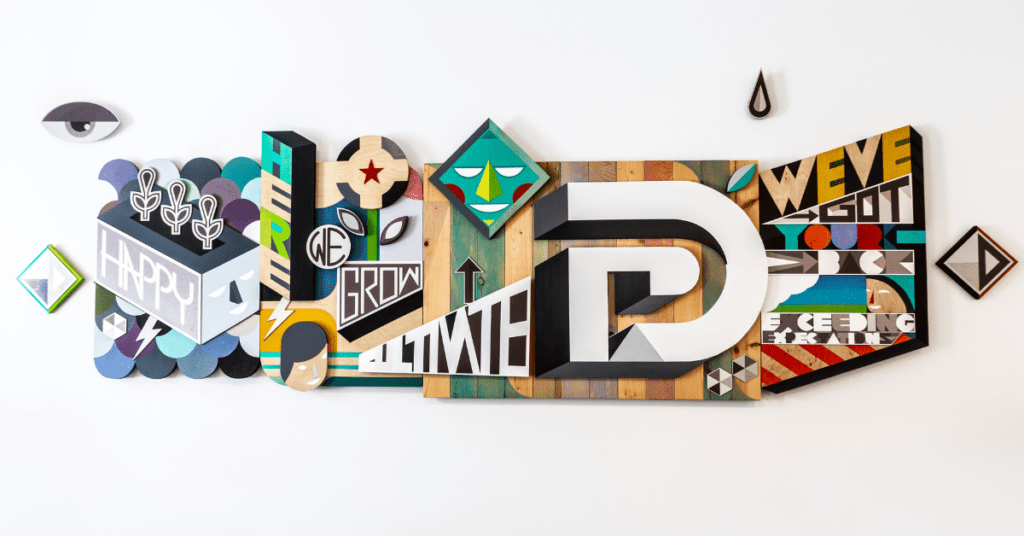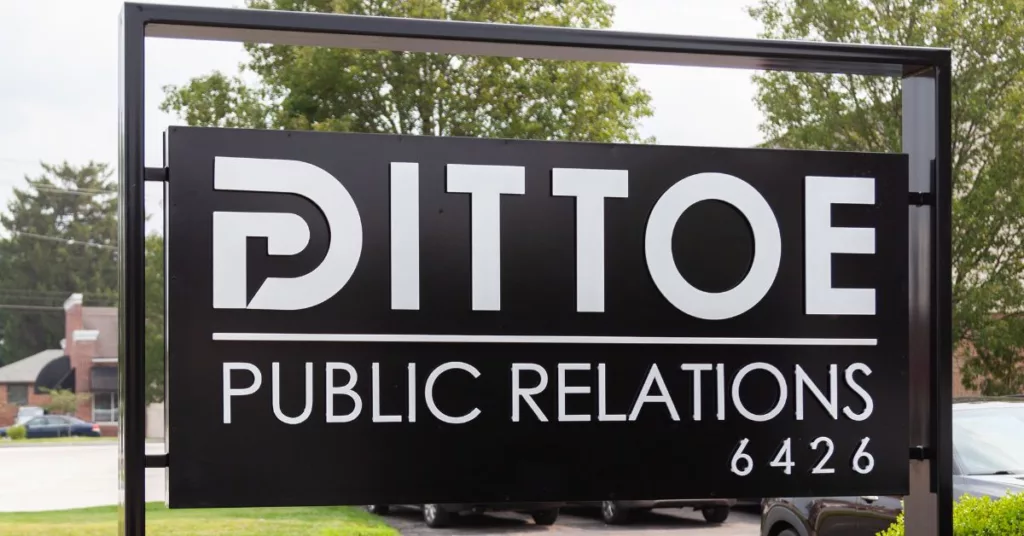When people ask where I work and I tell them “Dittoe Public Relations,” I never anticipate the inevitable follow-up question: “What kind of work do you guys do?” We do public relations, it’s in the title. To be fair, that does include a lot of different kinds of communications: media relations, digital marketing, social media, strategic communications, influencer relations, thought leadership and more.
If we’re not getting into the nitty-gritty details of all the aspects of PR, I tend to explain it via the simplest definition of media relations that I can: “We help our clients get covered in the news.” That vastly oversimplifies what media relations is, how it works, and why it’s so beneficial to businesses, but it works for small talk.
But a blog post is no place for small talk, so let’s keep the conversation going. Why do we do what we do? What benefits come from media relations? There are many, but one reason in particular is to meet a key goal for business leaders, and that is to drive growth. If you’re wondering how that works, I’m happy to explain.
1. Brand Awareness
In order to grow your business, more people have to learn about you. Media relations accelerates the process. Critically, media relations also ensures the right people – your key audience – learn about you.
For example, we have worked with PopCon Indy throughout the past decade as it has grown its footprint in the local comic convention space. Would a story in the Los Angeles Times be a huge opportunity to share PopCon with millions of readers? Sure. Would those readers who primarily live in California then buy a ticket and travel all the way to Indy to attend PopCon? Unlikely.
That’s why our media relations work targeted the local Indianapolis market to encourage central Indiana residents to come and find their fandom at a homegrown convention. As PopCon has evolved, Dittoe PR has spread our media relations further across Indiana markets to invite all Hoosiers – and friends in neighboring states – to come to Indy for the weekend and celebrate their favorite elements of pop culture.
Focusing on local markets for a local convention helps grow brand awareness among the people who are most likely to purchase tickets and attend year after year. Check out our work with PopCon here.
2. Brand Credibility
When you’re in need of a service provider or supplier, what’s your first step? You search for them.
Say you’re searching for a roofing company in Nashville. If you Google “Nashville roofing companies,” for example, you’re going to get a dozen results on the first page, plus another half dozen sponsored results, and probably some Better Business Bureau and Reddit hits, too. Where do you even start to vet them?
However, if you saw a certain roofing company on the local news talking about storm preparation or a story that they donated a new roof to a first responder, you’d probably gravitate toward that company first. Those are the exact results we secured when we worked with Bone Dry Roofing on a cohesive external communications strategy about its local services and expert industry leadership.
Bone Dry’s media appearances alone don’t make them a good company. But those credible third parties sharing Bone Dry with their audience – on top of Bone Dry’s existing website, social media and good reviews – can tip the scale for a new customer. See our work with Bone Dry Roofing here.
3. Storytelling
Media relations isn’t just about sharing news. In fact, that’s often the least interesting version of media relations. Don’t get me wrong, I love a good, creative press release, but that announcement isn’t what makes your company unique. It’s what’s behind the news – why you’re introducing new products or services, why you’re expanding, why you’re getting new financial investments – that’s important.
Take the Omni Severin Hotel in Indianapolis. Sure, its $24 million renovation is newsworthy. But why and how it embarked on the massive renovation is far more compelling: Built in 1913 at the height of the railroad era, the Omni Severin’s location adjacent to Union Station made it a favorite luxury hotel for travelers coming to Indy. The renovation is in part a restoration to highlight the hotel’s historic grandeur while also incorporating modern luxury that travelers expect today.
During our partnership, we also learned Omni Severin had been included in the historic Green Book, a travel guide for Black Americans during segregation. Our team shared this important background with local media during Black History Month, which resulted in thoughtful, in-depth coverage from multiple outlets. You can see all of our efforts with Omin Severin here.
These are certainly not the only benefits of media relations, or the only ways media relations can help drive new business, but they are three key elements that can support any business seeking to grow. If you want to see how we can help with your growth goals, get in touch.







0 Comments